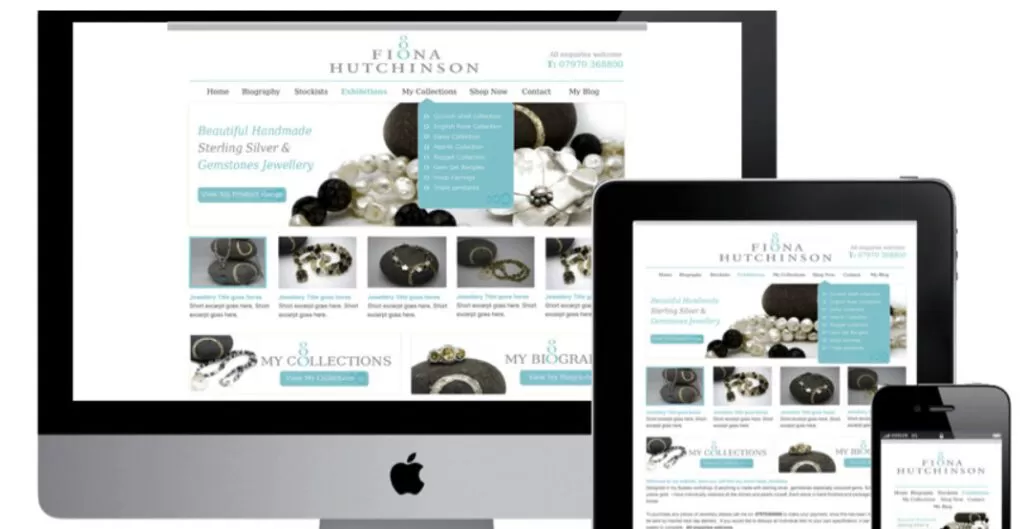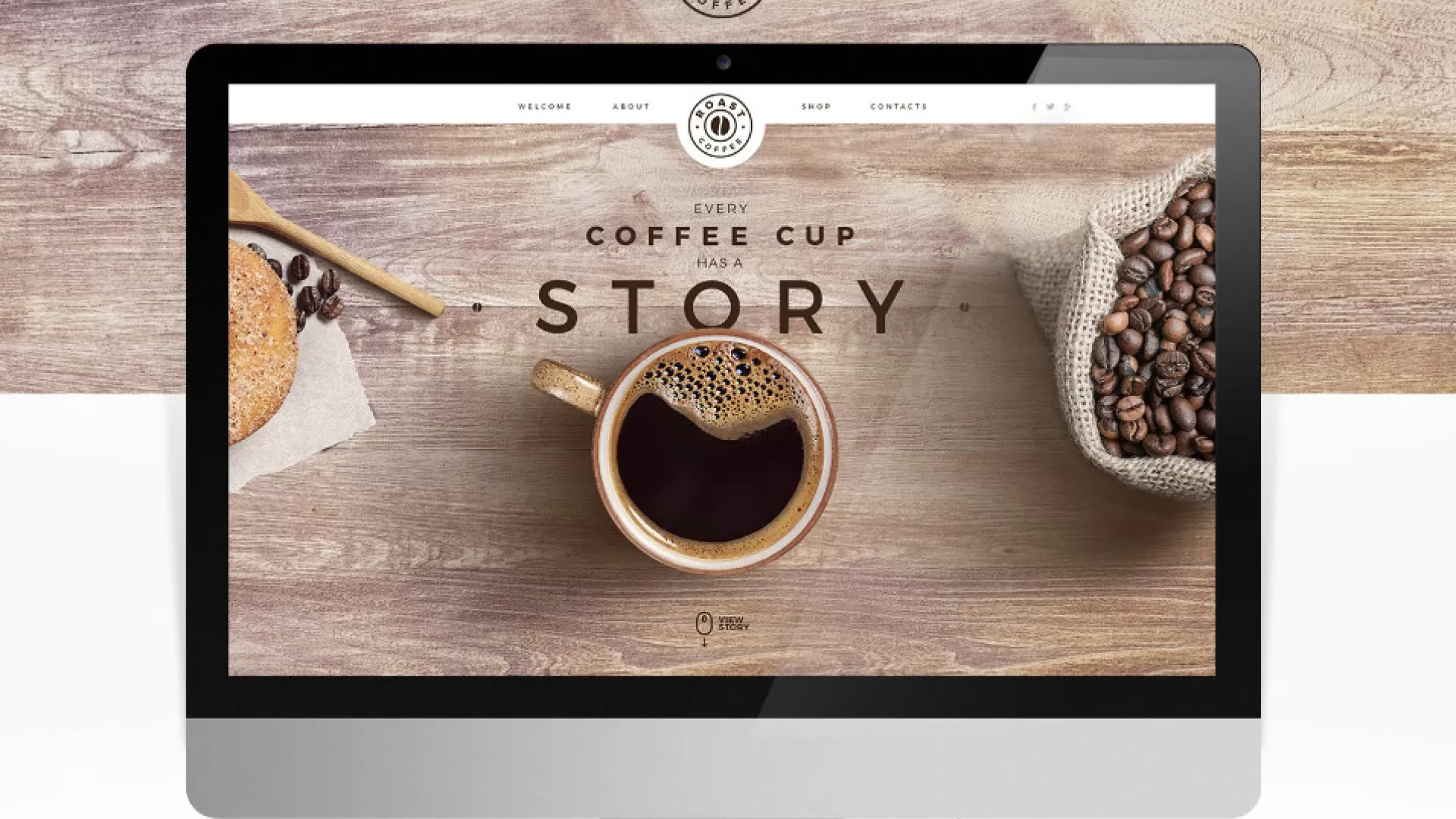Creating a successful e-commerce website design and optimizing user experience can be a complex task. It requires careful consideration of various design elements, including the website’s information architecture, site-wide navigation, and individual page layouts. Each design choice can have a significant impact on the likelihood of making a sale.
Given the slim profit margins for many budding brands, making poor design decisions is not an option. To help you succeed, we have compiled a list of eCommerce website design examples that showcase best practices employed by successful retailers. By studying these examples, you can gain valuable insights into creating an effective eCommerce website design.
One crucial aspect of an eCommerce website design is the use of hero product photos on the home page. High-quality, visually appealing product images instantly grab the attention of consumers. Our brains process visual information faster than written text, making hero product shots an effective way to convey your main value proposition & generate excitement about your offerings.
According to the Baymard Institute, shoppers are even more forgiving of technical glitches in website performance when they are presented with vibrant imagery. Depending on your business, you can feature a single hero image if you sell one main product or create a carousel showcasing products from different categories. It’s important to update the carousel regularly to engage returning shoppers with new arrivals and seasonal items.
In addition to hero product photos, it’s essential to help users discover what they need right on the home page. While featuring a hero image of your flagship product is a good UX practice, you should also present popular product subcategories on subsequent screens.
This approach allows users to easily navigate to different areas of your website without relying solely on the main navigation or search feature. By minimizing the steps required to find relevant products, you can enhance the overall user experience and increase the likelihood of a purchase. This method helps users efficiently find what they need, saving them time & effort.
Product recommendations are another important element of a well-designed e-commerce website. By analyzing users’ browsing and purchase history, you can provide personalized recommendations that align with their preferences and interests. For example, by showing related products with the statement “People who bought this also bought…”, you can encourage users to discover and purchase additional items. These recommendations not only enhance the user experience but also increase the average order value by promoting cross-selling and upselling.

Smooth & intuitive navigation is a key factor in optimizing the user experience of an e-commerce website. Visitors should be able to find what they’re looking for quickly and effortlessly. Implementing a logical and well-structured information architecture ensures that your website is easy to navigate and understand. Utilize clear and descriptive labels for navigation menus, and organize product categories in a user-friendly manner.
Including a search feature that provides relevant results is also crucial. Remember, the easier it is for users to browse and locate products, the more likely they are to make a purchase.
A streamlined checkout process is vital for maximizing conversions. Reduce friction & minimize the number of steps required to complete a purchase. Offer guest checkout options to eliminate the need for users to create an account, reducing barriers to entry.
Clearly display shipping costs, return policies, and any other relevant information to instill confidence in your customers. Additionally, user-friendly form fields, clear indicators of progress, and secure payment options build trust and enhance the checkout experience. By optimizing every aspect of the checkout process, you can reduce cart abandonment rates & boost overall sales.
Mobile responsiveness is no longer optional; it’s essential for an e-commerce website’s success. With the increasing number of users accessing websites via mobile devices, it’s crucial to deliver a seamless experience across different screen sizes. A responsive design ensures that your website adapts and functions well on smartphones and tablets, without compromising the user experience. Optimize images and use responsive layouts to maintain fast load times. Pay attention to touch-friendly buttons and intuitive gestures to make browsing and purchasing on mobile devices effortless.
Loading speed is a critical factor influencing user experience & engagement. Visitors have little patience for slow-loading websites, and they tend to abandon them in favor of faster alternatives. To provide a smooth browsing experience, optimize your e-commerce website for fast load times.
Compress and resize images, minify code, and reduce the number of HTTP requests. Implement caching techniques to store static content, making subsequent visits faster. By prioritizing website speed and performance, you ensure that visitors stay engaged and are more likely to convert into paying customers.

Building trust and credibility is a fundamental aspect of successful e-commerce websites. Include trust signals throughout your website to reassure users & instill confidence. Display security badges, customer reviews, and testimonials to demonstrate your commitment to customer satisfaction. Establish a consistent and professional brand image through compelling product descriptions, quality visuals, and a well-designed logo.
Provide comprehensive contact information and responsive customer support to address any queries or concerns. By establishing trust, you can encourage users to make purchases & foster long-term relationships with your customers.
Clear and persuasive calls-to-action (CTAs) play a crucial role in driving conversions on an e-commerce website. Use compelling language & design to guide users towards desired actions, such as adding products to the cart or proceeding to checkout.
Strategically place CTAs on product pages, in shopping carts, and throughout the site to maintain a focused buying journey. Ensure that CTAs stand out visually, making them easy to locate and click. By optimizing your CTAs, you can encourage users to take the desired actions and increase conversion rates.
Effective e-commerce website design goes beyond aesthetics; it also focuses on creating a seamless & engaging user experience through effective copywriting. Well-crafted product descriptions, engaging headlines, and informative content contribute to conveying your brand message and presenting your products in the best light. Utilize persuasive language to highlight product benefits and unique selling points. Incorporate storytelling techniques to captivate your audience and create an emotional connection. Remember to keep the writing concise and avoid redundancy to ensure that users can easily scan and absorb the information.
A well-designed e-commerce website leverages social proof to build credibility & influence customers’ purchase decisions. Incorporate elements like customer reviews, ratings, and testimonials to showcase positive experiences. Display social media share buttons to encourage users to spread the word about your products. You can also integrate social media feeds or user-generated content to further enhance social engagement. By leveraging social proof, you tap into the power of peer recommendations and create a sense of trust and authenticity.
Continuous optimization is essential to keep your e-commerce website performing at its best. Regularly analyze website analytics, track user behavior, and gather feedback to identify areas of improvement. A/B test different design elements, product placements, and messaging to determine what resonates best with your target audience.

Implementing data-driven decisions helps you refine & optimize the user experience, ultimately driving higher conversion rates. By staying proactive and adaptable, you can maintain a competitive edge in the ever-evolving e-commerce landscape.
Global eCommerce expansion requires careful localization of your website to cater to international audiences. Adapt your website to different languages, currencies, and cultural preferences to provide a personalized experience for visitors from various regions. Consider local payment methods, shipping options, & legal requirements to ensure a smooth transaction process. Localizing content and product information demonstrates your commitment to international customers and builds trust. By embracing global e-commerce trends, you open up new growth opportunities and reach a wider customer base.
To sum up, creating an optimal e-commerce website design and user experience requires attention to detail and an understanding of best practices employed by successful retailers.
By employing hero product photos, guiding users to relevant areas, providing personalized product recommendations, and optimizing navigation and checkout processes, you can enhance the overall user experience and drive higher conversion rates. Focus on mobile responsiveness, loading speed, building trust, persuasive CTAs, compelling copywriting, leveraging social proof, continuous optimization, and global e-commerce expansion to stay ahead of the competition. Incorporate these strategies into your e-commerce website design to maximize its potential and achieve long-term success.



